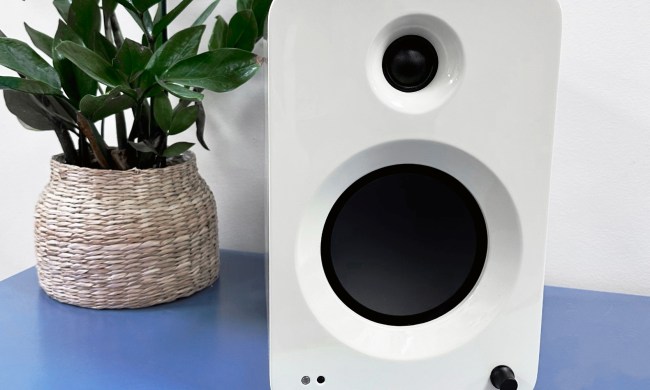Last week I was at the IFA press event in Malta. It’s pretty much the European version of CES, but unlike that show, it actually comes at a time when folks are interesting in buying cool new toys. One of the interesting aspects of this press event is that they showcase some of the products and trends that will be topical in the fourth quarter. This year had a lot to do with the fact that most of the TVs currently in the market were about to be made obsolete. Why? There are three major changes in upcoming sets that will make current models look antique.
LED Backlighting
LED backlighting for TVs was also shown at CES, and has a number of advantages, and one historic big disadvantage. The advantages include a huge increase in how bright the set can get, and a related improvement in how resilient it is to ambient light. LEDs also use very little relative power, making the sets much more economical to use. They also generate less heat, lengthening service life to decades, and generally don’t need cooling fans. All of this may make you wonder why it has taken so long to bring the technology to market. The answer: Up until recently, LEDs were simply too expensive in this role. But apparently the cost of LEDs has been dropping like a rock, and the end result is that LED backlighting will be common on higher-end LCD TVs, making your current TV look dim and inefficient in comparison.
Cinematic Replace Panoramic TVs
When you watch the current crop of panoramic TVs for movies, you typically see a thick black bar at the top and bottom of the display. Because movies are typically shot with a wider format, the TV has to place use these filler lines to keep the picture in scale, otherwise people and objects will look stretched. The annoying thing about this is that about a quarter of the TV you are paying for is wasted with those damn black lines, and you would really like it to light up when you are watching a big screen movie. The new cinematic displays are the same aspect ratio as the movies, so no black lines, and the inches you’ve paid for are the inches you get to see.
Philips is driving this by both pouncing in it aggressively and using their Ambilight technology to enhance the result (the web demo is pretty impressive, and you can see the difference between the 21.9 cinematic and 16.9 panoramic technologies in it). I have to admit they look kind of funny on the wall, though, and regular content will have have a few issues with this format. Still, it too is coming at the high end of a number of lines this year.
Connected TVs
The TV industry has figured out we are watching more and more YouTube, streamed movies, and personal content on our TVs, and don’t want to mess with media center PCs or screwy external boxes that don’t integrate with current TVs. As a result, we are about to see a big wave of connected TVs that have Internet connections built right into them, and are as good at watching the Web as they are with digital TV channels. Some are wireless, while others will require you to pull an Ethernet cable to them. Some have the technology built in, and you can’t upgrade it, while others will have a box you can upgrade.
Even Comcast is apparently about to start offering Internet TV on demand, which suggests virtually every cable company in the US will be doing something similar in response. I wonder how long it will be before we simply no longer need any kind of a TV guide?
Wrapping Up
That little window into the world that started so small is changing once again in shape, technology, and even connectivity. Coaxial cables seem to be on the path to obsolescence, and they are likely to be wireless once again, but the rabbit ears are definitely dead. The video on demand future of TV is coming whether we are ready or not. Let’s hope we can afford its arrival.


